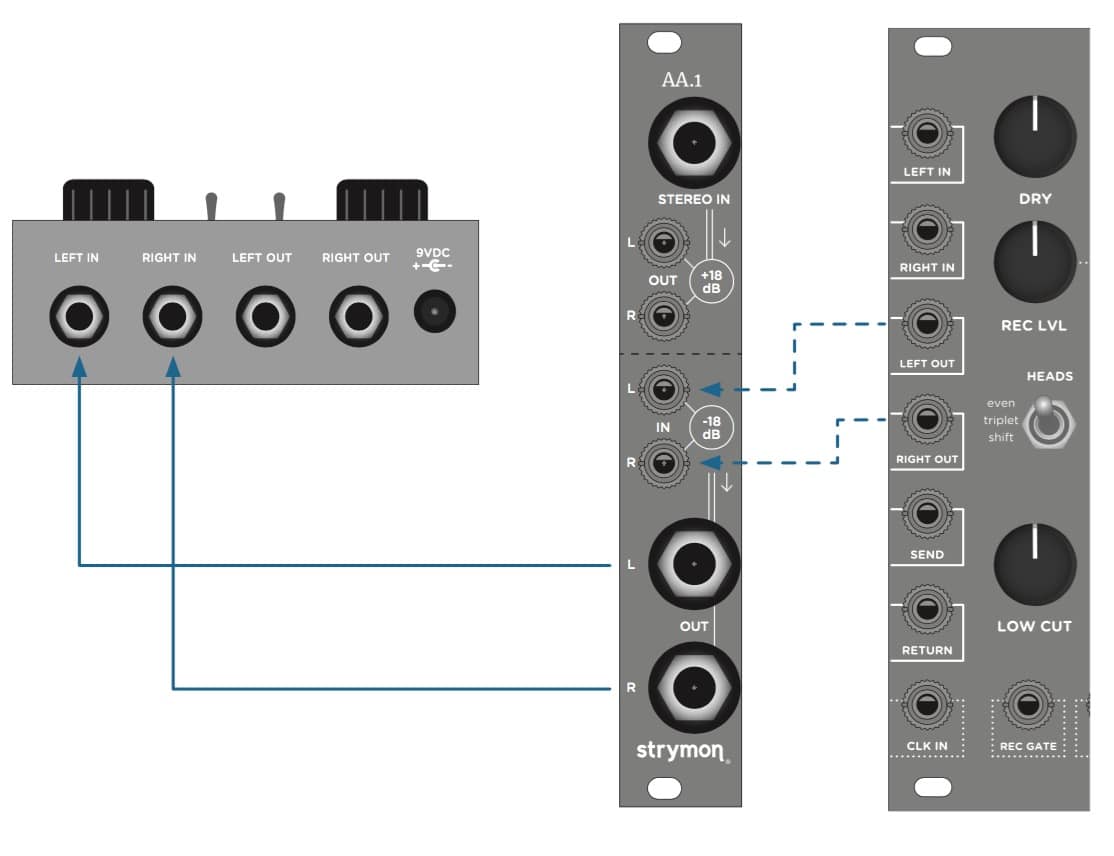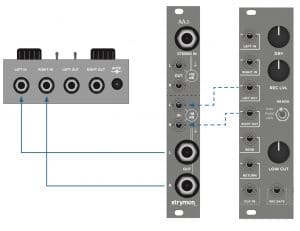

Iridium runs on standard 9V power, but requires 500 mA (adapter included).

You can definitely have a satisfying practice session with just your guitar, an Iridium-equipped pedalboard, and headphones. (Iridium can also recall up to 300 patches via MIDI.) There's also a 1/8" headphone jack on the front/side panel.
#Strymon iridium manual plus
With Strymon's $129 MultiSwitch Plus connected (not tested), you can toggle between three favorite settings. The jack is also a MIDI input for remote program changes.
#Strymon iridium manual Patch
It can also morph between a stored favorite patch and an alternate set of parameters. A standard expression pedal becomes a volume pedal when connected, trimming level either before the amp/cab modeling, or after. There are three ways to use the 1/4" expression-in jack. There's a mono input jack and 1/4" stereo outs, but the input jack accepts stereo signals via a TRS cable, so you can preserve the stereo imaging of upstream effects. Iridium's rear panel isn't quite as simple as it seems. You can even select different cabs for the left and right outputs for double-miked stereo effects.
#Strymon iridium manual software
(For example, plexi mode offers IRs from Marshall 4x12, 2x12, and 8x12 cabs.) The bundled Strymon Impulse Manager software (for Mac and PC) can load third-party IRs. In the second clip, I introduce a grab-bag of effects. The first clip features only guitar and Iridium, with no additional processing. Their dynamic response is convincingly amp-like, and they respond realistically to upstream effects, as heard in my demo clips. In short, the models are nuanced and authentic. Iridium only does a few things, but it does them extraordinarily well. (Nice detail: When you max out the gain, the model automatically siphons off some lows, maintaining bite and definition at the dirtiest settings.) In plexi mode, the available gain range exceeds the original, providing hot-rodded grind when cranked. In Vox mode, the mid control is a low-pass filter directly before the simulated power amp, replicating the topology of a top-boost AC30. Raising it brings mids forward for more tweed-like tones, while dialing it back further deepens the amp's signature mid-scoop. So the mid pot at noon replicates the original spectrum. In Fender Deluxe mode, the bass and treble knobs perform as on the original amp, which has no mid control. But it's not a do-it-all 'verb, and it probably won't replace any of your other ambient effects. The results sound like real amps in real rooms. You can also add varying amounts of simulated tracking-room reverb.

The three amps share the same controls: drive, treble/mid/bass, and master volume, though their behavior varies from model to model. One switch chooses from three amp models, while another selects between three cabinet IRs per model. Hey, if I were playing a big festival with shared backline, I'd opt for a direct Iridium signal over “take your chances" in a heartbeat. It's an obvious choice for travelling-light tours and backline gigs. If you do most tone creation on your pedalboard, these simple but excellent amp emulations may be all you need. That makes Iridium a superb solution for many studio and stage scenarios, especially if a big modeler is overkill for your needs. But to my ear, Iridium's Fender, Vox, and Marshall models can hold their own against any rival products. Modeling is a surprisingly subjective art, and tastes vary. The pedal's heart is a super-powerful SHARC chip-the same processor used in many full-featured modelers. While Iridium has modest user options relative to flagship modelers costing two to four times its price, its core tones rank with the best. But there's nothing approaching the deep editing of, say, a top-shelf device from Fractal, Line 6, Kemper, or HeadRush. The controls mimic those on simple analog amps, with a few useful extras.

It comes with nine cabinet impulse responses and includes software for loading third-party IRs. It has no effects other than a short room reverb. It offers three amp models based on a blackface Fender Deluxe, a top-boost Vox AC30, and a Marshall plexi. Meanwhile, Strymon slips through the side door with Iridium, an amp modeler in pedal form that melds a simple stompbox interface with a small but superb collection of amp models. Today's guitarist can choose from a dizzying array of amp replacement tools, from freeware software plug-ins to gargantuan modelers and profilers.


 0 kommentar(er)
0 kommentar(er)
